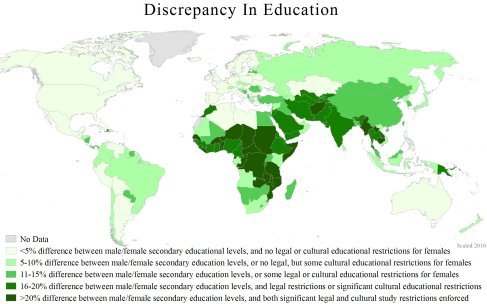In Ireland, there are two main groups of people: the Catholics and the Protestants. For several years there has been a constant battle between these two groups. This battle has gone on long enough that not a single living person in Ireland remembers peace. From the formation of the terrorist group known as the Provisional Irish Republican Army, there are examples of two religious group’s war for independence. A war that extends into the streets and involves everyone in Ireland. The historical political and social climates of Ireland are an example of how a religious group can cause political movements to form.
The IRA was, originally, a group of volunteers that fought for Ireland’s Independence from Britain from 1919-1921. They fought using guerrilla warfare and for a noble goal. When one mentions the IRA, the usual assumption is actually the Provisional IRA. In 1969 the Provisional IRA (aka the Provos IRA or PIRA) emerged from an ideological split with the original IRA. This difference in ideology was due to the PIRA believing in the value of violence. (Bishop pg. 117) They believed that in order for Ireland to become its own nation, the path must be paved in blood. Pictured above is a British soldier apprehending a member of the PIRA during the Bloody Sunday Incident. During this incident the PIRA was fired upon by the British military as well. These events increased the volunteer rate for the PIRA significantly, therefore enabling them to move forward with their agenda. Additionally, Bloody Sunday is considered the initial launch, of Ireland, into chaos. (Weinraub pgr. 1)
The religious ties of the PIRA are slightly abstract. In the interest of simplicity, Protestants of Ireland have historically supported the reign of the United Kingdoms over Ireland, while the Catholics are more Irish Nationalists. Historically speaking, extreme nationalism usually results in war. This example is in accord with that trend. Furthermore, the PIRA is primarily composed, led, and infused with volunteers that are Catholic. Since the Bloody Sunday Incident the PIRA has continued its terrorist form of war in Ireland. It has even lead to other splinter terrorist organizations such as the Real IRA and the Continuity IRA. These groups do not appear to be going away and even started from something noble, such as a religious group’s desire for an independent nation. the Bloody Sunday Incident the PIRA has continued its terrorist form of war in Ireland. It has even lead to other splinter terrorist organizations such as the Real IRA and the Continuity IRA. These groups do not appear to be going away and even started from something noble, such as a religious group’s desire for an independent nation.
Pictured in the map below, is Northern Ireland. This is the home of the IRA and has been for many years. Their headquarters resides in Belfast. Belfast is located on the tip of sea inlet, named Belfast Lough. One possible reason for choosing this location is that Belfast is the administrative capital of Northern Ireland. Another reason may be that the Belfast Lough, lough being the Irish word for sea inlet or lake, provides Belfast with direct access to the North Channel. From there a ship can travel to the North Atlantic Ocean and then to anywhere in the world.
From the noble roots of the IRA, to the split of the PIRA and the subsequent fall of the political climate of Northern Ireland, there are illustrations of a once good idea, turned sour by extremism. While there is no clear proof that this is religious extremism, there is a strong suggestion that the PIRA is a religious group. As with many cases, the truth is intricate and too broad a scope to be distilled into a few paragraphs. However, there is evidence here that suggests a religious movement, when out of control, can turn the tides of a country. Irelands future is uncertain, but for now the news is not filled with stories of tragedy coming from the IRA. Hopefully, this uncertain peace can resolve into a better future, for Northern Ireland, and Ireland as a nation.
Works Cited
Bishop, Patrick, and Eamonn Mallie. The Provisional IRA. London: Corgi, 1988. Print.
Weinraub, Bernard. “Bloody Friday—It Was the Worst Yet.” Terrorism: Essential Primary Sources. Ed. K. Lee Lerner and Brenda Wilmoth Lerner. Detroit: Gale, 2006. 128-131. Opposing Viewpoints in Context. Web. 17 Nov. 2013
Reviewed by:
Jacob Standafer
Oren Paisner
Jennah Reiman




